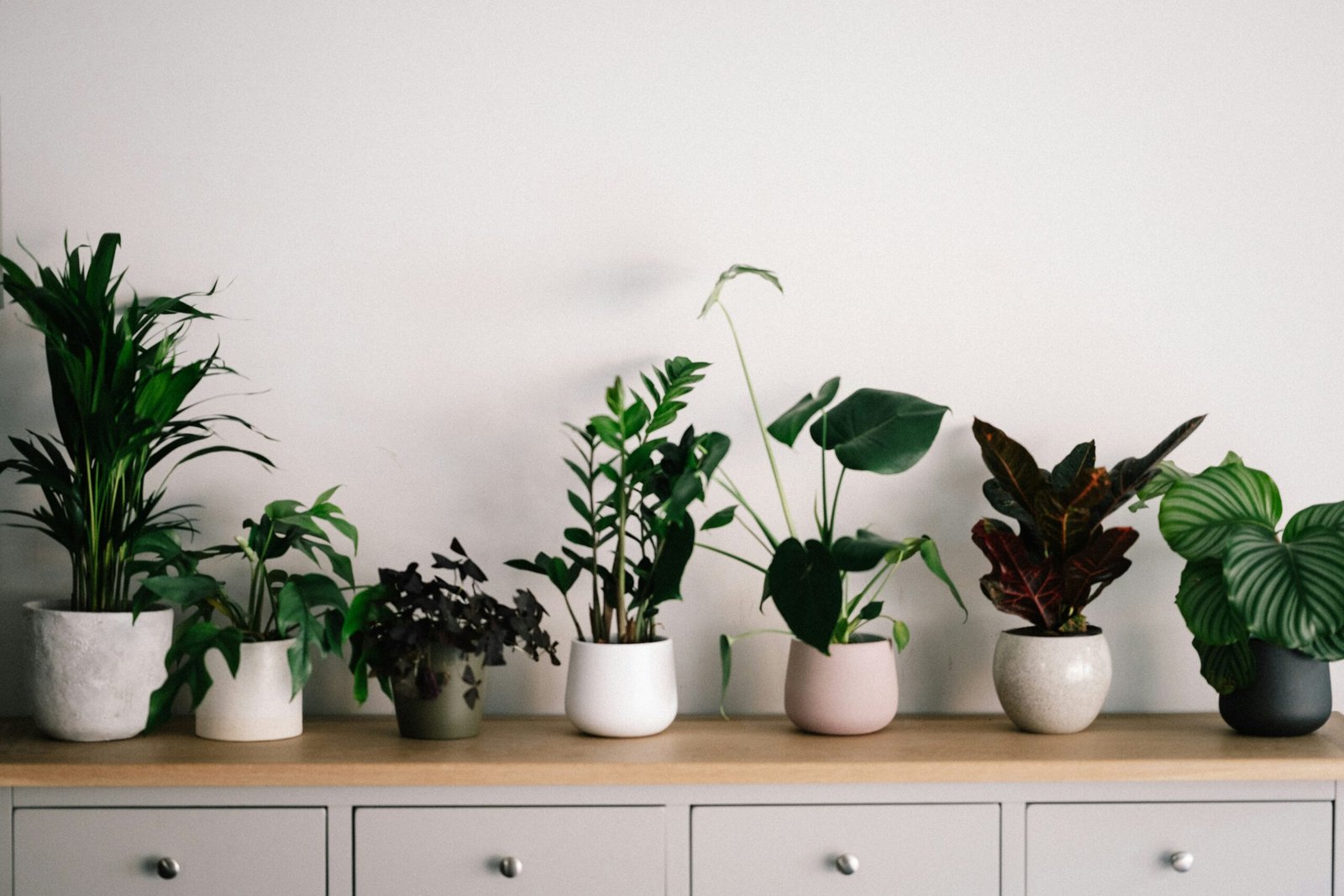Best House Plants and How to Care for Them: A Guide for Low Light and High Light Environments
Welcome to our comprehensive guide on the best house plants and how to care for them. Whether you have a brightly lit room or a space with limited natural light, we have got you covered. Indoor plants not only add beauty and freshness to your living space, but they also improve air quality and promote a sense of well-being. Let’s explore some of the best house plants for both low light and high light environments.
Best House Plants for Low Light Environments
If your home or office has limited access to natural light, fret not! There are several house plants that thrive in low light conditions. Here are some top choices:
- Snake Plant (Sansevieria): Snake plants are known for their resilience and ability to tolerate low light. They have striking, upright leaves that come in various patterns. Snake plants are excellent air purifiers.
- Pothos (Epipremnum aureum): Pothos is a popular trailing plant that can thrive in low light environments. It has heart-shaped leaves with beautiful variegation. Pothos is easy to care for and can even tolerate some neglect.
- ZZ Plant (Zamioculcas zamiifolia): The ZZ plant is a low-maintenance house plant that can thrive in low light conditions. It has glossy, dark green leaves that add a touch of elegance to any space.
- Peace Lily (Spathiphyllum): Peace lilies are known for their beautiful white flowers and ability to purify the air. They can tolerate low light, but they may bloom more profusely in brighter conditions.
- Spider Plant (Chlorophytum comosum): Spider plants are versatile and can adapt to various light conditions. They have long, arching leaves with white stripes. Spider plants are excellent air purifiers.
To care for house plants in low light environments, it’s important to remember a few key tips:
- Water your plants sparingly, as they may not require as much moisture as plants in brighter areas.
- Ensure proper drainage for your plants to prevent overwatering and root rot.
- Dust the leaves regularly to allow maximum light absorption.
- Consider supplementing natural light with artificial grow lights if necessary.
Best House Plants for High Light Environments
If you have a sunny window or a well-lit room, you have a wide range of house plants to choose from. Here are some recommendations for high light environments:
- Fiddle Leaf Fig (Ficus lyrata): Fiddle Leaf Figs are popular for their large, glossy leaves and dramatic presence. They thrive in bright, indirect light and can be a statement piece in any room.
- Rubber Plant (Ficus elastica): Rubber plants are known for their thick, dark green leaves. They prefer bright, indirect light and can tolerate some direct sunlight.
- Monstera (Monstera deliciosa): Monstera plants have large, fenestrated leaves that add a tropical touch to any space. They enjoy bright, indirect light and some humidity.
- Dracaena (Dracaena spp.): Dracaena plants come in various varieties, each with its own unique foliage. They thrive in bright, indirect light and are relatively low-maintenance.
- Aloe Vera (Aloe barbadensis): Aloe vera plants are not only beautiful but also have medicinal properties. They prefer bright, direct light and are excellent at purifying the air.
To care for house plants in high light environments, keep the following tips in mind:
- Water your plants regularly, allowing the soil to dry out slightly between waterings.
- Monitor the humidity levels, as some high light plants may appreciate a bit of extra moisture.
- Rotate your plants occasionally to ensure even growth and prevent leaning towards the light source.
- Protect your plants from direct sunlight during the hottest part of the day to prevent leaf burn.
Remember, every plant has its own unique care requirements, so it’s essential to research and understand the specific needs of each house plant you bring home. With proper care and attention, your indoor plants will thrive and bring joy to your living space for years to come.
Happy gardening!

Leave a Reply